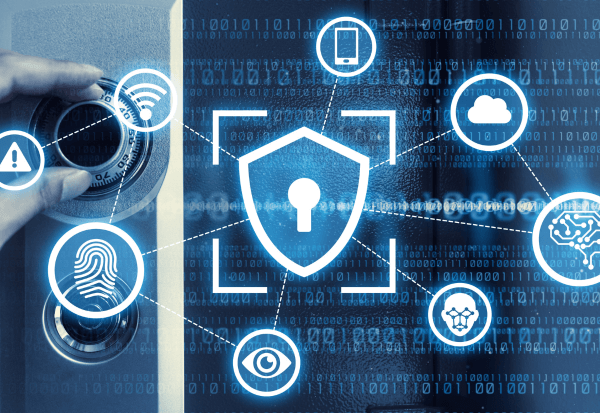The business landscape of today is rapidly adopting cloud technology to reduce costs. The strategies (Re-host, Re-platform, Re-purchase, Retain, Retire, or Refactor) we adopt or adhere to become an essential consideration in every aspect of the process.
With extensive research and white papers published by security experts and vendors, it is consistently highlighted that most cloud compromises occur due to misconfigurations of cloud security features. However, the recent cyber-attacks have served as a wake-up call for organizations, emphasizing that no one is safe in the cyber world, regardless of their size or sector.
Even the leading cloud service providers like AWS (Amazon Web Services), Microsoft Azure, and Google Cloud Providers (GCP) cannot get away from the attacker’s eye and are their prime targets. It’s important to recognize that deploying cutting-edge technology alone cannot guarantee 100% protection for your cloud environment. To ensure the security of your environment, you must implement the right strategies and practices with a continuous approach.
With approximately 34% market share, AWS is the most widely adopted cloud platform trusted by millions of customers to power their infrastructure and applications. They also provide their customers with the benefit of AWS data centers and a network crafted to protect their information, identities, applications, and devices.
AWS has developed several IT best practices that customers need to adhere to. However, organizations must ensure their IT teams implement these practices when setting up cloud configurations. Unfortunately, many organizations fail to grasp the significance of securing their root account. If the root account is compromised, hackers can exploit it to gain access to an organization’s entire cloud assets (EC2, S3, RDS instances, databases and many more). They can also make unauthorized changes to subscriptions, resulting in substantial financial losses. By mitigating the risks associated with the root account, organizations can enhance their cloud infrastructure security.
Let’s explore some of the best practices associated with AWS root account.
What is a root account?
The root account is the default account created when someone sets up an Amazon Web Services (AWS) account. It is the most powerful account and should not be used for day-to-day operations.
To manage administrative activities on AWS, it is essential to create an Identity and Access Management (IAM) administrative user. This new administrative account, created in the AWS IAM Identity Center, can perform most of the tasks that the root account can.
With the root account set aside for occasional administrative activities, organizations need to focus on securing it as it serves as a potential entry point for attackers to manipulate AWS subscriptions and configurations.
Ways to secure root account
It is very important to be cautious about root account usage and protection. By following these practices one can keep attackers at bay from gaining access to your sensitive data & applications.
- Use MFA: Protect your root account with multi-factor authentication (MFA). AWS comes with virtual and hardware-based MFA support. It is highly recommended to go with hardware-based MFA to protect root accounts.
- Revoke Access Keys: Deleting or revoking all access keys linked with the root account also acts as a key layer of protection.
- Limited Usage: Avoid using the Root for day-to-day activities. Other relevant accounts to be created for same.
- Password Rotation: Rotate root credentials regularly.
- Password Protection: Never store root credentials anywhere, especially on scripts.
- Logging & Monitoring: Monitor Root account usage with CloudTrail/Guard Duty.
- Look for the usage of the Root account by CloudTrail or create alerts on AWS GuardDuty (E.g., with CloudTrail)
- Policy: IAMUser/Root CredentialUsage
Look for this SIEM and alert the SOC team for any unwarranted activity. This misconfiguration is probably because of not adhering to the best security practices or a potential attack on the root account itself.
By implementing these practices, you can significantly reduce the risks of your root account being compromised. AWS recommends that organizations regularly audit their cloud usage, configurations and implement appropriate mitigation controls to ensure their cloud environment is secure.

has over 16+ years of experience in the cybersecurity field. He has exceptional leadership in delivering Security Operation Center (SOC) services. Gaurav has extensive experience managing network security, email, endpoint, and cloud security. He is currently responsible for SOC delivery, SOC assessment, and maturity programs. His proficiency extends to overseeing and optimizing security programs and empowering client-operated SOC environments through team enablement. Gaurav Tiwari actively engages in most of the strategic discussions concerning security strategies. His broad range of skills, extensive experience, and commitment to cybersecurity make him an invaluable asset in safeguarding digital ecosystems and mitigating emerging threats.





